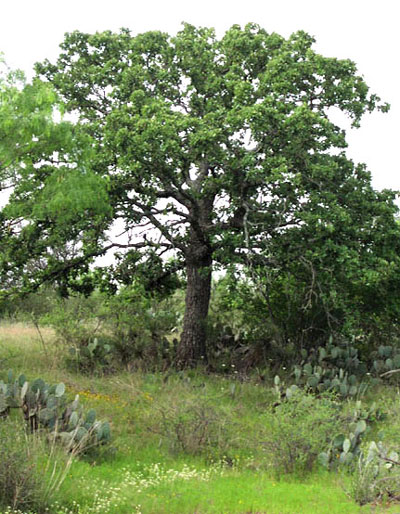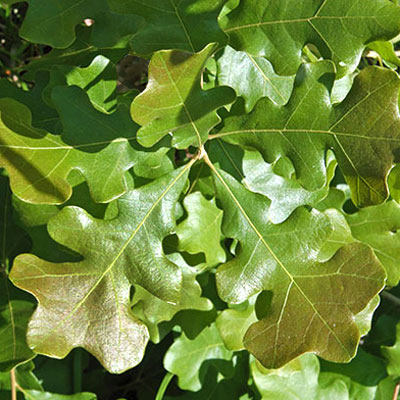Question of the Week Number 1: July 11, 2019
“My old post oak tree has started losing most of its leaves. Am I going to lose it?”
Post oaks (Quercus stellata) are native to much of Central Texas. You’d think, then, that they’d be common in nurseries across Texas. I have never seen one for sale in a Texas nursery, and the simple reason is that they have a really strong dislike for human beings.

I grew up in College Station. Post oaks were all over town. But I watched them pout and die when people built houses around them. I tried to transplant a few, but they were impossible. My dad, co-founder of the Range and Forestry Department at A&M, saw me doing it and told me to give it up – that they’d never make it.
So I jump ahead into my career of answering questions, and within the past week I’ve had four or five people ask why their post oaks are suddenly dropping all their leaves, and if anything can be done to save them. Unfortunately, the questions either came in on my radio programs or were accompanied by photos that weren’t good enough to use here.

Here’s what I told them…
When asked why post oaks would suddenly drop all their leaves and apparently die:
• It could be leftover damage from the drought of 2011. That seems like a reach now, 8 years removed, but stranger things have happened.
• Post oaks have a life expectancy of 75 to 100 years. Many of the trees folks have asked about have been the largest specimens in their parts of town. They might just have reached the ends of their lives.
• Post oaks die suddenly and without warning. Most other species go downhill over a period of years. Post oaks go downhill over a period of weeks or a few months.
• Frequently people have done some type of construction near their trees. One lady this week had had a new sewer line cut in just 5 feet from one of her declining trees. In other cases fill soil has been added. It only takes a couple of inches to do serious harm.
Your best course of action…
If you have a certified arborist in your area, have him or her take a look at your tree. Ask plenty of questions before you spend big bucks on what may be a losing battle. But make sure you have a tree professional guiding you.
